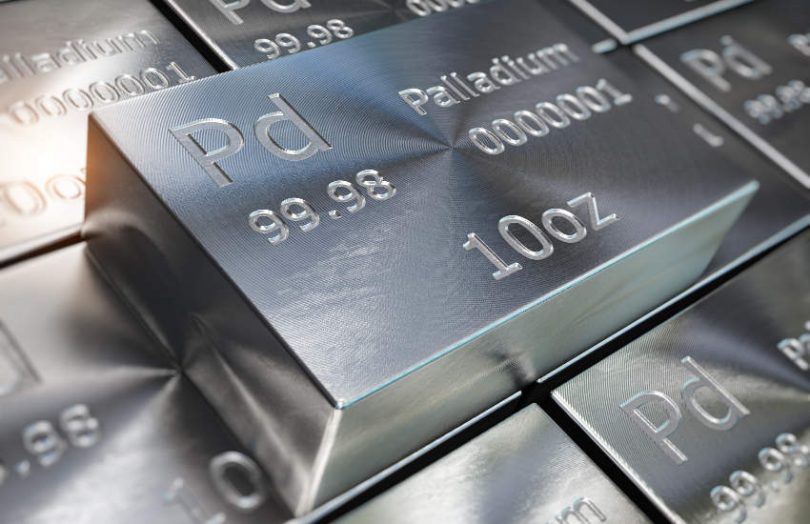Today Atomyze, the digital assets platform for tokenizing commodities, announced its first transaction in Russia. The deal involved the fund GPEF Investments tokenizing palladium, which was bought by Rosbank, with Vector X as broker.
Digital Financial Assets (DFAs) legislation came into force in Russia at the start of 2021, allowing the use of distributed ledger technology (DLT) for tokenizing real world assets. However, each platform had to be individually vetted by the central bank, which has only approved three solutions so far. The other two, Sber Bank and startup Lighthouse, both tokenized factored invoices during the past month.
Like the Sber platform, Atomyze is underpinned by the Hyperledger Fabric enterprise blockchain.
It’s unclear whether or not this is a related party transaction. It’s common for early regulated digital asset deals to be intragroup, such as the bonds issued by Societe Generale, Santander and SIX Digital Exchange which all involved transactions for parent or sister entities.
The token issuer GPEF Investments sounds similar to GPF, the Global Palladium Fund, a cofounder of Atomyze with links to Norilsk Nickel that supplied the palladium for this transaction. Following the Ukrainian war, Rosbank was sold by Societe Generale to an entity controlled by Vladimir Potanin, the majority owner of Norilsk Nickel.
Potanin is on Western sanctions lists and is exploring merging his Norilsk Nickel with Rusal to provide greater stability in the wake of sanctions.
“Issue of CFA for physical metal is a new stage in precious metals sales management not only in Russia, but also in the world,” said Vladimir Pronsky, General Director of GPEF Investments.
“Being a precious, and in fact being an industrial metal, palladium is involved in all high-tech production, it was bought from Norilsk Nickel specifically for these purposes. CFA for this metal, in our opinion, seems to be a very promising financial product for investment.”
Meanwhile, blockchain has already been used extensively in the metals sector, particularly for sustainable traceability and ESG requirements. For gold, it has also been used to create digital assets, particularly targeting consumers such as Paxos Gold. Institutions are also involved, such as Perth Mint in Australia and Mitsui issuing gold-backed tokens in Japan.
Other commodities like oil have focused on end-to-end traceability to support trade finance. VAKT, the blockchain platform for post-trade oil that links large parts of the sector, is now also eyeing tokenization.






